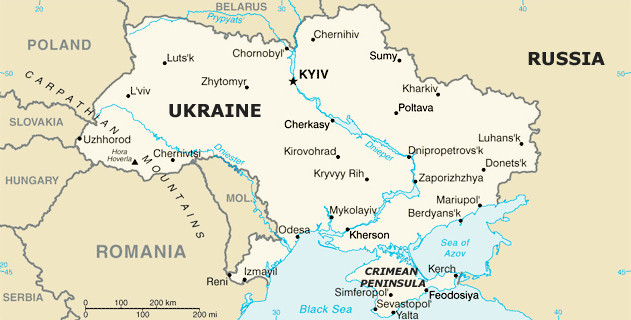What If the Russian Autocrat Cut His Losses in Ukraine? It Would Not Be Unprecedented

(Russia Matters – russiamatters.org – RM Staff – Sept. 1, 2022)
Alexander II had to sign the treaty as it became clear that Russia was losing the war his father and predecessor, Nicholas I2 (whose portrait has also hung in Putin’s presidential study) dragged Russia into. As Britannica puts it, the war “was more directly caused by Russian [Nicholas I’s] demands to exercise protection over the Orthodox subjects of the Ottoman sultan,” though it was the Turks who formally declared war against Russia (they did so rather than accept the Russians’ demands). A coalition of Western states (not unlike today), namely France, Britain and Piedmont-Sardinia, sent troops to help the Ottomans while the Austrian empire provided support.
It was the seizure by French troops of a key height at Sevastopol (Malakhov kurgan) in September 1855 that forced the Russian troops on the peninsula to blow up some forts, sink ships and abandon Sevastopol (Nicholas I had died by then and Alexander II was ruling Russia at this time). “After Austria threatened to join the allies, Russia accepted preliminary peace terms on Feb. 1, 1856. The Congress of Paris worked out the final settlement from Feb. 25 to March 30,” according to Britannica. Some of these concessions did not last, however, as we know from history that imperial Russia eventually reestablished control over Bessarabia and the entirety of Crimea as part of its renewed expansion drive.
Footnotes
- Alexander II (April 29, 1818 – March 13, 1881) reigned from March 2, 1855, to March 13, 1881.
- Nicholas I (July 6, 1796 – March 2, 1855) reigned from Dec. 1, 1825, to March 2, 1855.
The opinions expressed herein are solely those of the author.
Article also appeared at russiamatters.org/blog/what-if-russian-autocrat-cut-his-losses-ukraine-it-would-not-be-unprecedented, with different images, bearing the notice: “© Russia Matters 2018 … This project has been made possible with support from Carnegie Corporation of New York,” with a footer heading entitled “Republication Guidelines” linking to: russiamatters.org/node/7406, which bears the notice, in part:
“If you would like to reprint one of these articles, a blog post written by RM staff, one of our infographics or a fact-check, we ask that you follow these guidelines:
- Include a prominent attribution to Russia Matters as the source and link back to the original at RussiaMatters.org.
- Retain the hyperlinks used in the original content.
- Do not change the meaning of the article in any way.
- Get an ok from us for non-substantive changes like partial reprints or headline rewrites and inform readers of any such modifications (e.g., This article first appeared on the Russia Matters website with the headline “Russian Election Interference in Trump’s Own Words”).
- Let us know about the reprint and send a link!
Please note that Russia Matters cannot grant permissions for third-party content, including articles, photographs and other materials not produced by our team.
Questions? Email us at RussiaMatters@hks.harvard.edu.”
